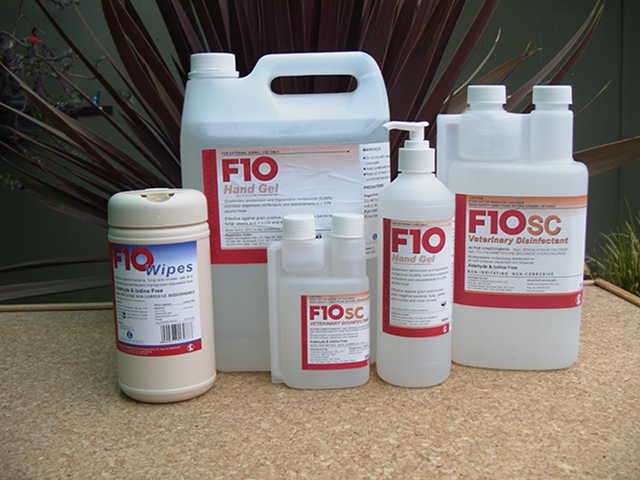This week, lets look at cleaners and disinfectants. While this is a key area of veterinary practice, it is also valuable for everyone - from the home to animal care facilities, or any other business.
Drivers of change
The aspects affecting reasons to change are:- Deteriorating water quality
- Products that are damaging water quality or having other environmental impacts
- Products that are damage the staff coming in contact with them - e.g. contact dermatitis, respiratory problems and so forth
- Use of high level disinfectant products in areas that don't actually need high level cleaning - e.g. at home you shouldn't need anything more than a cake of soap for 99% of personal hygiene.
Meeting the system conditions
To meet the system conditions we need:- To avoid taking limited resources from the Earth's core - e.g. oil use for manufacture and transport is an issue;
- To avoid creating products that the environment can't decompose efficiently and sustainably;
- To avoid damaging ecosystems with the manufacture or contamination of products into the environment - e.g. products may contain things like Palm Oil, which is produced in a way that cases massive destruction of rain forests;
- Ensure people are able to meet their needs - that they are safe using the product, that the product effectively kills unwanted pathogens, and that the product is fit for purpose (i.e. don't want to use high level products for a low risk area).
- Finally the company that produces the product should look after the 4 system conditions during production and distribution as well.
Auditing your own disinfectant use:
Have a go at auditing the cleaners and disinfectants used in your work or home, or both. For each disinfectant, look at:- The level of protection required in a particular area vs the level of protection of the product claims;
- What bugs must the product kill? At home - unless someone is sick it might be better to just reduce the pathogen level by using plain soap;
- What is the toxicity to animals?
- What is the toxicity to humans? - You can get an idea of how toxic it is by how much protective gear is required when handling it;
- What is the toxicity to water ways - think carefully about this. If it says the half-life is two days, that means half of the active chemical is still in the environment after two days, a quarter after four days and so forth. It really needs to be non toxic at every stage.
- What are the breakdown products? Are they benign like water? Or are they something more hazardous?
- What is the level of VOCs (volatile organic compounds) - the aim is for these to be zero;
- What are the ingredients? If its palm oil, where is it from?
- Where is it made? If its not NZ, is there a local alternative?
- What are the company's policies and actions around sustainable practice - eg is the water that goes into the factory cleaner when it leaves? Are the people looked after? Does the company invest in reducing impacts on the environment?
- Think about the cost per diluted product of say 100ml to complete a true comparison
- Look at the plastic volume too - can I purchase it in bulk and reuse small containers or is it only in small containers?
- Can you think of other questions?
Some examples:
When you look at high level disinfectants, Virkon, Accel and F10 come out better than Trigene and Safe4 for example |
| Image Source |
In some areas of a work place or at home, you can often get away with natural cleaners using baking soda and vinegar rather than something commercial. If you must use a commercial cleaner go back and look at the questions above.
Continually re-evaluate - maybe its an annual task to bring up the audit and check that all things are considered if new products are added.
Set a goal at your home or workplace that the water leaves your house in the same state as it entered, but ideally better. This makes you think about everything going down your drains and in some cases you might consider a filter system prior to it being released into the water system.
 |
| Image source |
Lets get some collaboration going
We at Otago Polytechnic School of Veterinary Nursing have set up a very rudimentary comparison of some common veterinary disinfectants. You can all access this and edit it at this link. It needs more disinfectants adding and more of the blank spaces filling. The more collaborators we have the better this comparison will be and the outcome will hopefully be that we all choose more sustainable disinfectants, leading to cost effective disease control, better safety for staff and less environmental contamination.Have a great week and we look forward to hearing about what you discover in your non veterinary cleaners and disinfectants and seeing some additions to the veterinary cleaners and disinfectants chart above too.

No comments:
Post a Comment